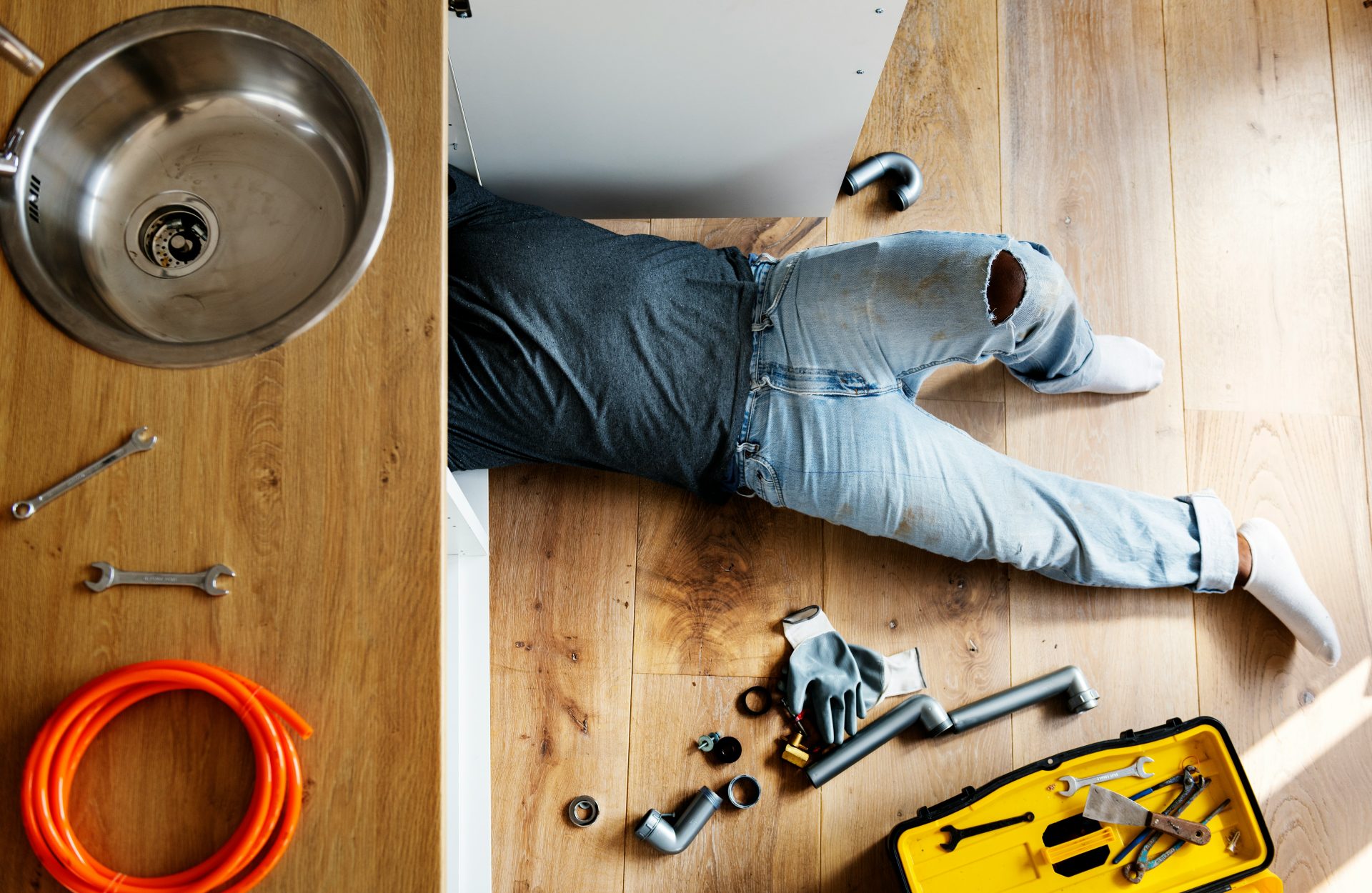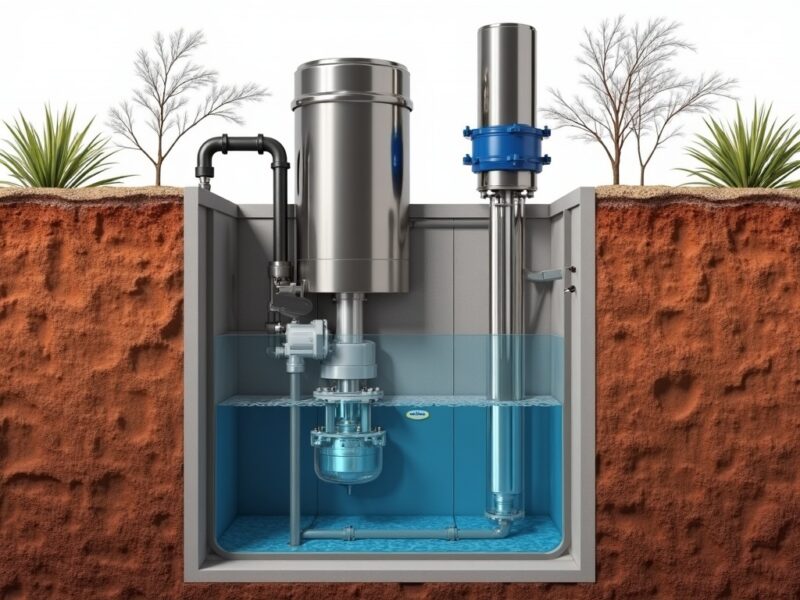Got a slow-draining sink? Gurgling toilet? A bit of a smell hanging around the bathroom? Most people chalk it up to something harmless. Just a bit of hair, maybe some food scraps. Nothing serious. But here’s the thing: what seems like a small drainage issue often points to something much bigger bubbling away out of sight.
A slow drain isn’t just annoying
It’s easy to ignore. You run the tap, notice the water pooling up a bit, and think, I’ll deal with it later. A bit of drain cleaner, maybe a plunger, and you move on. But blocked drains Mornington are rarely just surface-level. It’s often one of the first warning signs that something’s not right deeper in the system.
Over time, what starts as a small obstruction builds up. Grease hardens. Hair binds. Debris collects. But more worryingly, it can indicate deeper structural problems. Cracked pipes, tree root intrusions, or shifting soil around underground plumbing can all begin with something as basic as a slow drain.
The common culprits (and why they’re not always obvious)
Blocked drains can build up from everyday habits. That part is straightforward. But what people don’t realise is how deceptive the symptoms can be.
- Grease and fat – They don’t wash away. They cling to the insides of pipes, harden, and trap other debris.
- Hair and soap scum – A regular issue in bathrooms. Clumps of hair act like nets, catching everything else on its way down.
- Wet wipes and hygiene products – These don’t break down. Even the ones that claim to be “flushable” can cause serious clogs.
- Tree roots – This one surprises a lot of people. Roots seek moisture, and they’ll find tiny cracks or joints in pipes and grow into them.
Sometimes, the blockage isn’t even in your property. It could be in the main line, under the garden, or just outside your boundary. That’s why home remedies might seem to “fix” it temporarily, only for the problem to come back worse.
The real risk? What you can’t see
The most dangerous thing about blocked drains isn’t the blockage itself. It’s the hidden damage they cause over time. Pressure builds up. Joints loosen. Pipes crack or collapse entirely. In severe cases, it can lead to flooding under the house or in the yard. And once water starts eroding soil or seeping into the foundation, you’re no longer dealing with a plumbing issue; you’re facing structural damage.
Water damage is one of the most expensive issues to repair in a home. It can compromise flooring, rot timber, and encourage mould growth, especially in areas with limited airflow, like under the house or behind walls. So while a blocked kitchen sink might not seem like a big deal today, it could easily become a five-figure headache in a few months.
Why DIY usually delays the inevitable
Let’s be honest: when a drain blocks up, most people try the quick fix. A plunger, a bit of hot water, maybe some store-bought cleaner. Occasionally, it works. Temporarily.
But these fixes don’t reach deep enough. They address the symptom, not the cause.
For example, pouring hot water down a greasy drain might clear a narrow path, giving the illusion that the blockage is gone. But the buildup on the pipe walls? Still there. And every time you rinse more fat or food scraps down, it clings and builds.
It’s the same with plunging. You might break up a clog enough for water to pass through. But if that blockage is being caused by root intrusion or a cracked section of pipe? No amount of plunging will fix it.
Early signs you shouldn’t ignore
Are you unsure if you’re dealing with a bigger issue? These warning signs are worth paying attention to:
- Recurring blockages – If a drain keeps getting blocked, it’s likely more than just a bit of debris.
- Multiple slow drains – If more than one drain is slow at the same time, it could be a main line issue.
- Bad smells – A consistent foul odour usually means something is sitting stagnant in the pipes.
- Gurgling sounds – That bubbling noise means air is getting trapped. It’s often a sign of poor drainage or venting problems.
- Water backing up – This one’s hard to ignore. If water is rising in your sink or shower when you flush the toilet, call someone immediately.
Ignoring it won’t save money—it’ll cost more later
It’s understandable to want to put off dealing with drainage issues. No one likes the idea of digging up pipes or dealing with plumbers. But delay often makes things worse. A small blockage today might be cleared with a simple, non-invasive solution. Wait too long, and you might be looking at:
- Excavation
- Pipe relining or replacement
- Water damage repair
- Mould removal
- Landscaping fixes if outdoor areas are impacted
Each one of these adds time, cost, and hassle. And in the case of underground leaks or broken pipes, the damage can spread long before it shows on the surface.
The smarter move is early action
Fixing a drainage problem early doesn’t just save money. It protects the structure of your home and prevents health risks associated with mould and bacteria. It also gives you peace of mind, knowing that there’s nothing quietly rotting away under your floors or in the walls.
If something seems off—if that slow drain doesn’t improve, if you smell something weird coming from the bathroom, or if you’ve had to use the plunger more than once recently—don’t dismiss it. The earlier the problem is found, the easier and cheaper it is to fix.
Let that small sign be your warning
A blocked drain isn’t just a plumbing issue. It’s a signal, and ignoring it because it seems “minor” is a bit like ignoring a rattle in your car engine. You might still get to where you’re going, but at what cost?
The best time to investigate a drainage issue is when it first appears. Not when the backyard floods, or the carpet gets soaked, or the foundation starts to shift. By then, the damage is done.
So, next time water drains a little slower or your toilet makes a strange noise, don’t just hope it sorts itself out. Get it checked. It could be hiding something much bigger.



